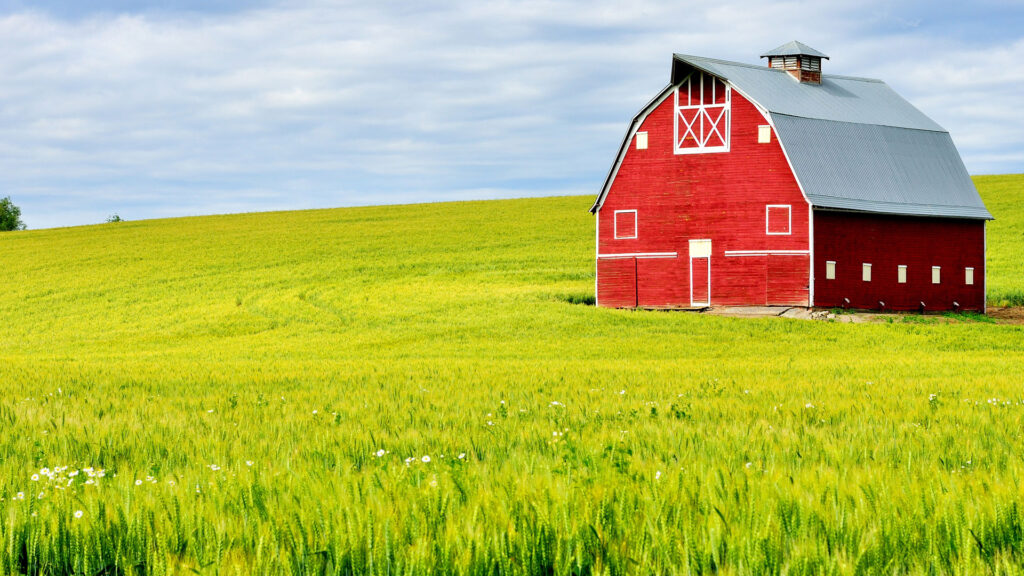
Dairy Delivers Sustainable Nutrition
Ellie Wilson
MS, RDN Manager of Lifestyles and Wellness
June is National Dairy Month! My Facebook memories are showing me pictures of many visits to dairy farms across New York State, where I learned about the ways dairy farmers are innovating in animal care, land and water management. The dairy industry has sustainability built into its DNA – farmers are diligent about managing their family farms from generation to generation. They’re always looking for smarter ways to do work, such as using technology, like cow exercise trackers to monitor health, and milk tank temperature systems that text the farmer if the temperature changes. The result of this good stewardship and passionate care is a nutritionally amazing product that delivers sustainable nutrition. This definition is really about the ongoing science-based pursuit of providing affordable, accessible, nutrient rich foods that can nourish the world’s growing population, while also protecting environmental resources now and for future generations.
The foundation of dairy sustainability is the biology of cows themselves. Dairy cows have 4 stomachs, which means they can eat a wide range of foods/plants other animals cannot eat and produce a nutrient rich product. They also produce manure, which is regulated and managed in multiple ways – for example, many farms have digesters that extract liquid and gas from manure, turning that into fertilizer for farm fields and energy for the farm and community. The fertilizer supports grass and cover crops that protect topsoil. Cows are also up cyclers of food waste – citrus pulp, almond hulls, leftover pumpkins and fruits and vegetables are all on the menu, reducing food waste and bringing nutrition benefit back to the food system.
Water is a valuable resource on dairy farms. It is recycled several times as drinking water for cows, to cool them when it’s hot, wash farm equipment and clean the barn floor. After cleaning barns, nutrient rich water can be collected and used to fertilize fields. Data tells the sustainability story best – research shows the amount of water needed to produce a gallon of milk declined 30% over a 10-year period. Overall, the dairy community has reduced the carbon footprint of milk by 63% over a recent 10-year period due to improvements in animal health, cow comfort and farm management practice. Looking ahead, they have committed to an ambitious net zero carbon emissions by 2050. Climate change mitigation is evident in how they produce the same amount of food using fewer resources but still providing great nutrients and great flavor – the 13- nutrient package that is milk and all the things we can make from it is a fantastic result of a constantly improved process. America’s dairy farmers have set aggressive new environmental sustainability goals to achieve greenhouse gas neutral neutrality, optimize water uses and improve water quality.
Dairy farm families have a long-term investment in environmental care. That torch is passed from generation to generation. I have met many of these families and could only be impressed by the dedication to their work. Cows are the center of the dairy farm and caring for them is a passion and a priority, 365 days a year. You and your family are part of the sustainable nutrition cycle and benefit as well – one of the best ways to add nutrition value to any meal or snack is to enjoy a glass of milk or add fun to any afternoon with a bowl of ice cream! Take a virtual tour of a dairy farm and learn more about where delicious dairy comes from!

